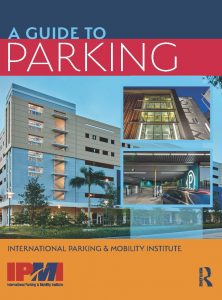 By Vicki L. Pero and Colleen M. Niese
By Vicki L. Pero and Colleen M. Niese
Leading organizations provide employees with ongoing training opportunities to continue to develop skills that result in higher quality performance and a reduction in undesirable events such as workplace accidents. Training delivery ranges from in-house to external opportunities and from formal classroom delivery to informal on the job learning.
Successful training programs provide in-depth education regarding the logic behind the job responsibility to guarantee better learning retention and engagement from the employee. Specifically, these programs address a need of adult learners to know why specific tasks are done certain ways, not just the related steps to completing a task to obtain buy in and impact job performance. The following are guidelines managers use when planning, developing, and sourcing training programs for employees.
The best way to identify learning needs is to conduct a needs analysis by reviewing team member job descriptions. The skill areas identified in the job descriptions are the core competencies for each role, which can be used to identify the training requirements.
Training program learning objectives should be measurable, so it is clear if the employee learned these objectives when the training is complete. Managers should always be able to answer the question “How will I know if this learning objective was completed?” following the training. Quality learning objectives use action words like create, complete, describe, and perform to accomplish this.
The learning objectives should provide a good indicator for the best way to deliver the material. Some things are easiest to convey in a classroom, while others make more sense through hands -on learning, job shadowing, or computer simulation. Making this determination for each module will dictate the rest of the process in terms of materials to gather, resources involved, and who has the skill sets to develop and deliver the program content.
This is excerpted from A Guide to Parking. To read the full chapter, check out the whole book here.
Vicki L. Pero and Colleen M. Niese are principals with The Marlyn Group.
